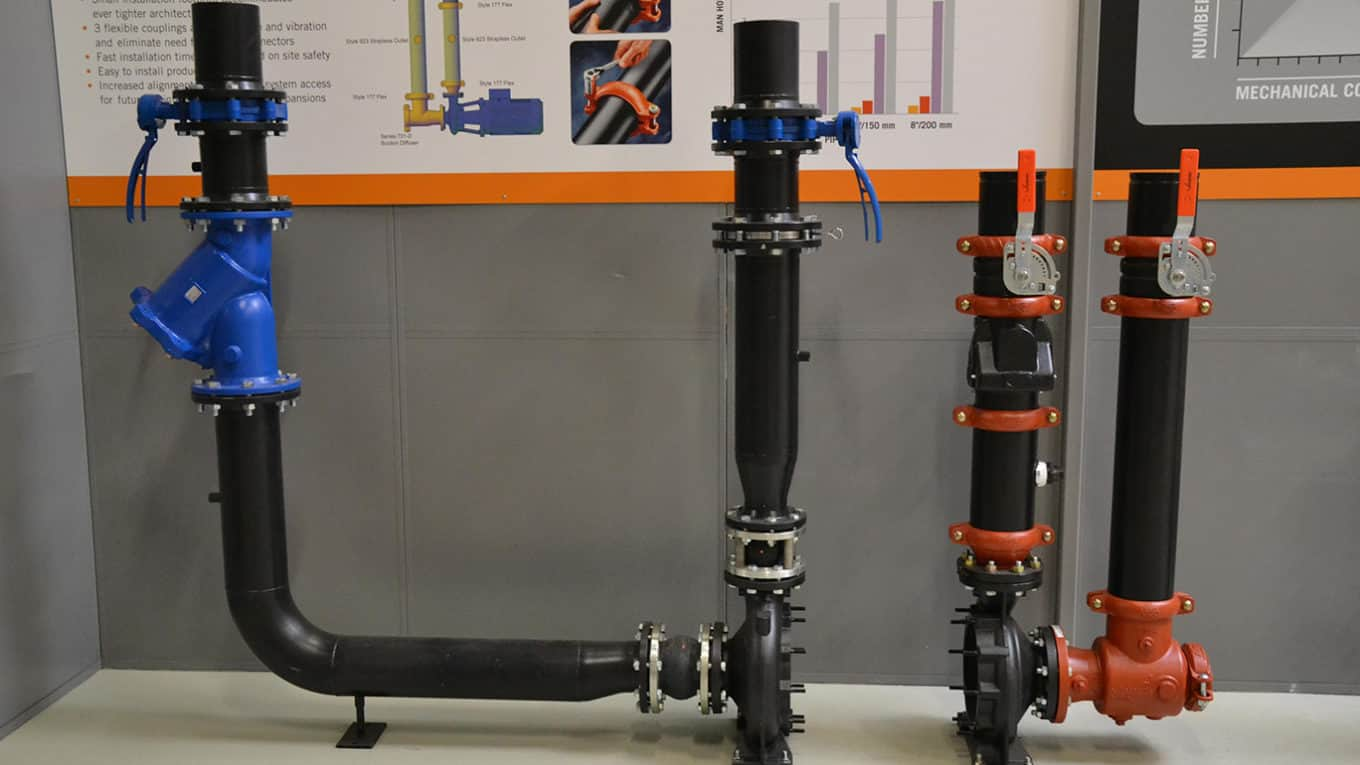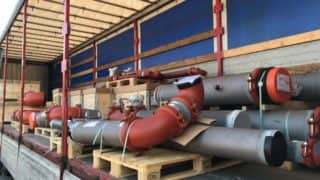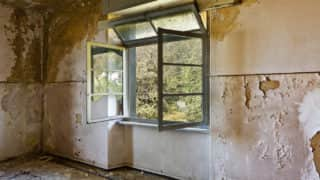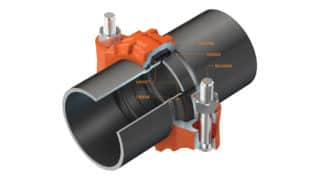Posted on April 23, 2019
Tip Five: Implement Modular Mechanical Room to Improve System Efficiency
The tight architectural designs of mechanical rooms in historical buildings puts pressure on consulting engineers and contractors to deliver reliable, cost-effective mechanical retrofitting best practices that fit in the structural constraints and keep the system’s footprint to a minimum.
Because of the limited available space, the risk of pump cavitation & lower efficiency is greatly increased. When turbulent water enters a pump chamber and the suction eye of a pump impeller, the degree of turbulence has a direct correlation with lower pump efficiency and greater hydraulic noise within the pump casing. To reduce effects of turbulence before water enters the centrifugal action of the pump impeller, suction pipes are typically kept as long and straight as possible before the connection onto the pump. Yet installing long lengths of pipe may often not be possible. When bends must be connected directly onto the pump suction side, the result is water flow that may spin in opposite directions within the eye of the impeller. Pump energy then must be spent correcting this action before producing the expected performance, decreasing flow and pressure.
Grooved end mechanical piping system addresses all of these issues. It is lighter weight, smaller sized, with higher integral strength compared with welded or flanged systems. And because grooved products are considerably smaller in footprint compared to flanges, pipes can be installed closer to each other. The need for having an extra spool piece between flanged check and butterfly valves is eliminated when designing mechanical rooms with grooved valves.
To increase pump efficiency and avoid cavitation in confined spaces, a grooved end suction diffuser is a simple alternative – it straightens out the spinning fluid created by the change in direction at bends and enables pipework to be connected closer to the pump at a 90-degree angle. Eliminating long pipe runs, elbows and reducers makes for a smaller mechanical room footprint and optimum pump performance.
View the complete Mechanical Retrofitting Best Practices series here:
- Effective project design and preparation are essential
- Select the correct mechanical pipe joining method
- Take unforeseen circumstances and historic preservation & sustainability into account
- Maximize jobsite productivity
- Implement modular mechanical room to improve system efficiency
- Mechanical noise and vibration control methods



